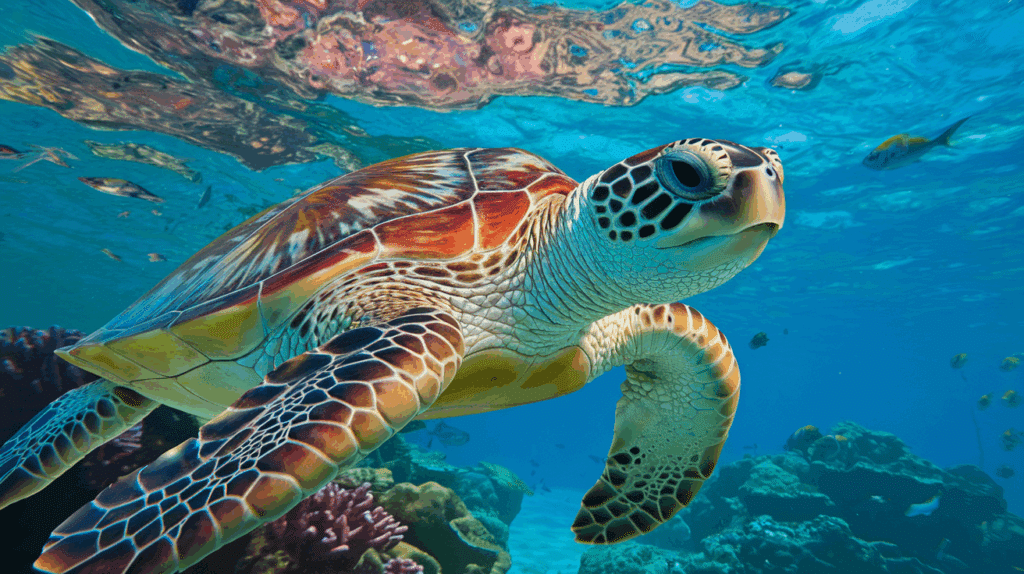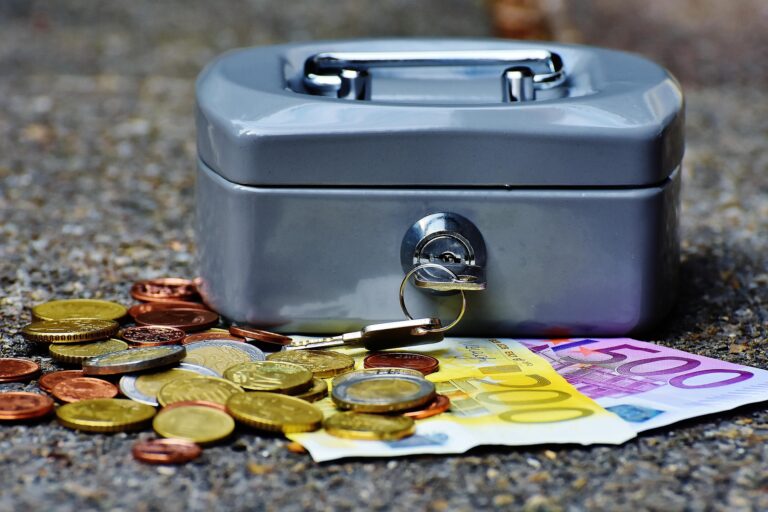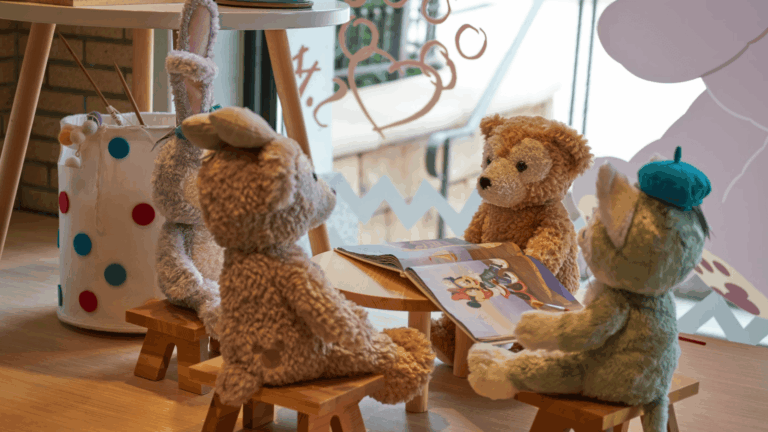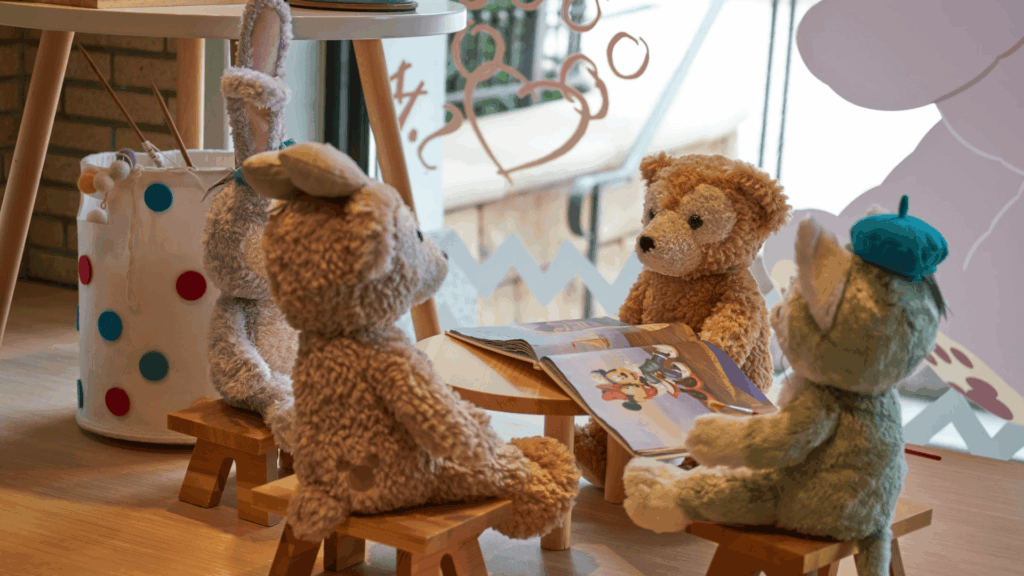Sea turtles don’t have it easy. From the moment they hatch, these little creatures face tough odds. Only one in 1,000 baby turtles will survive to become adults.
But here’s what this article will do for you: it will walk you through each stage of their life cycle step by step.
Each phase has its own challenges and cool facts that make the life cycle of a sea turtle perfect for kids to understand and remember.
Why Sea Turtles Amaze Kids and Scientists?
Sea turtles capture hearts for good reasons. These ocean creatures have been around for over 100 million years. They’ve seen dinosaurs come and go.
Kids love them because they’re like real-life superheroes of the sea.
Scientists study them because sea turtles do things that seem impossible. They can hold their breath underwater for hours. Baby turtles know exactly where to go without anyone teaching them.
Female turtles return to the exact same beach where they were born to lay their own eggs.
But what really gets people excited is their tough survival story. These creatures face danger at every turn. Birds try to catch them on beaches, fish hunt them in the ocean, and crabs wait to grab them as they race to the water.
What is the Life Cycle of A Sea Turtle?
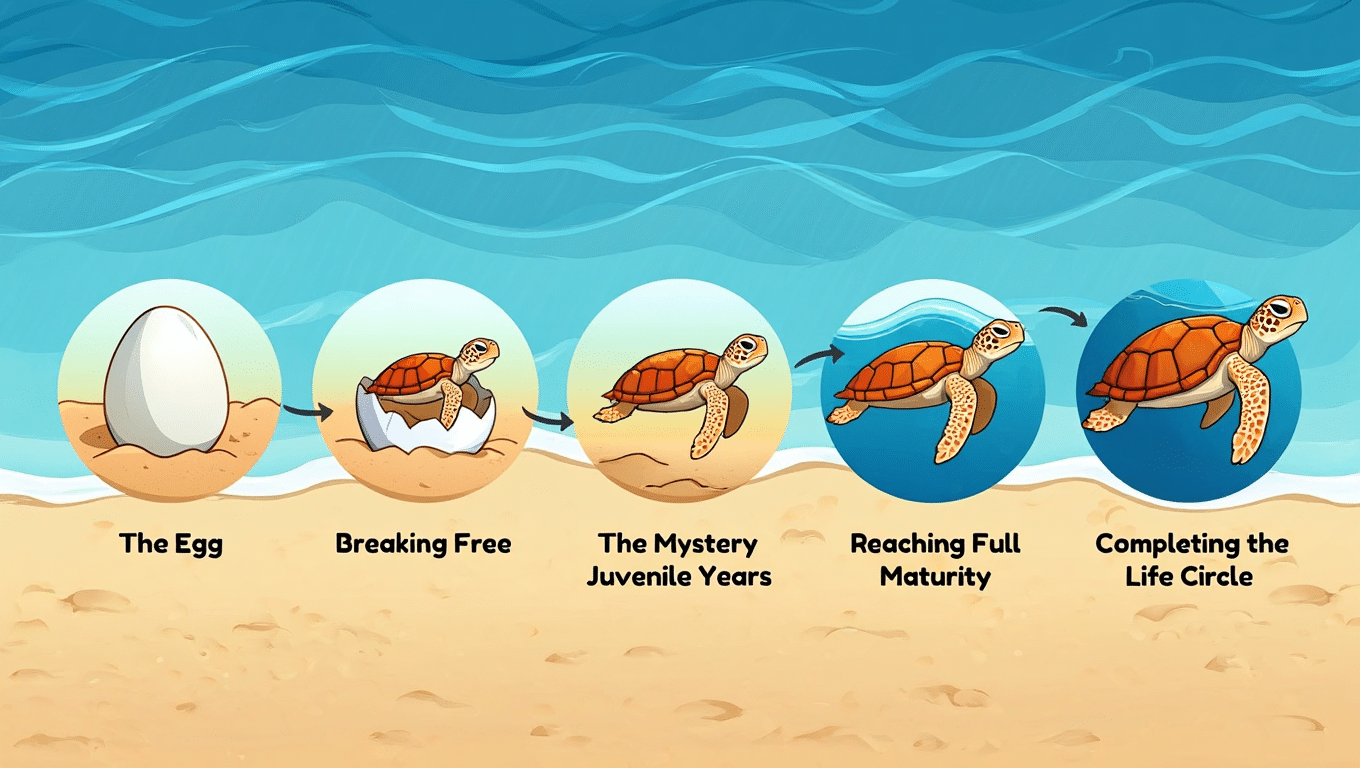
Sea turtles undergo a remarkable change from vulnerable hatchlings to mature ocean wanderers, moving between terrestrial nesting sites and vast marine environments.
Their complex life cycle spans decades, involving dramatic habitat shifts, size changes, and behavioral adaptations that enable survival across multiple oceanic zones throughout their lengthy lifespan.
Stage 1: The Egg Phase
Female sea turtles visit beaches at night to start their family. They spend one to three hours digging deep holes with their back flippers.
Each mother lays around 100 white eggs, covers them with sand, and returns to the ocean forever. The buried eggs incubate for 60 days while sand temperature decides gender.
Stage 2: Breaking Free as Hatchlings
Baby turtles crack their shells using a special “egg tooth” on their nose. They spend three to seven days digging upward through sand to reach the surface.
These smart babies wait for nightfall before racing toward the ocean’s moonlit waves. Sadly, only one in 1,000 hatchlings will survive to adulthood.
Stage 3: The Mystery Juvenile Years
Once in water, young turtles begin their “swimming frenzy,” days of non-stop swimming fueled by leftover egg yolk.
They seek deeper waters and hide among floating seaweed while eating both plants and small sea creatures. This mysterious phase lasts one to ten years, which scientists call the “lost years.”
Stage 4: Reaching Full Maturity
Adult sea turtles vary greatly in size, from five-inch species to 1,400-pound giants. These ocean travelers can hold their breath for hours, but still need air through their lungs.
They migrate thousands of miles and eat different foods based on their species. Mating occurs when adults are ready to reproduce.
Stage 5: Completing the Life Circle
Mature females possess natural GPS abilities that guide them back to their birth beaches for egg-laying. They come ashore at night, dig nests, lay eggs, and cover them before returning to sea.
Mothers may repeat this process several times per season, then leave babies to fend for themselves completely.
Fun Facts About Sea Turtles for Kids
Sea turtles are amazing ocean creatures that have been swimming in our seas for over 100 million years! These gentle giants are full of surprises and incredible abilities that will amaze you.
- Seven species swim our oceans today – Green turtles, Leatherbacks, Loggerheads, Hawksbills, Olive Ridleys, Kemp’s Ridleys, and Flatbacks each have special traits. The tiny Kemp’s Ridley weighs about 100 pounds, while giant Leatherbacks can tip the scales at 1,400 pounds.
- Record-breaking travelers – Some sea turtles swim over 10,000 miles during migration. That’s like swimming from New York to Japan! They use ocean currents like underwater highways to save energy on these super long trips.
- Living dinosaur relatives – Sea turtles have been swimming Earth’s oceans for over 100 million years. They shared the planet with T Rex and other dinosaurs. While dinosaurs disappeared, sea turtles kept going strong.
- Built-in GPS systems – Female turtles can find their birth beach after traveling thousands of miles. Scientists still don’t fully understand how they do this. It’s like having a map in their brain that never gets lost.
- Tough survival odds – Out of 1,000 baby sea turtles that hatch, only one will live to become an adult. The rest face dangers from birds, crabs, fish, and getting lost. Those who make it are true ocean survivors.
To Conclude
Now you know the complete life cycle of a sea turtle for kids – from tiny eggs buried in sand to massive adults crossing oceans.
Each stage brings new challenges and survival tests that have shaped these creatures for millions of years.
Understanding how sea turtles live helps us protect them better. These ancient ocean travelers need clean beaches for nesting and safe waters for swimming. When kids learn about their tough life cycle, they often want to help.
The next time you see a sea turtle, you’ll know the amazing story behind its survival.


